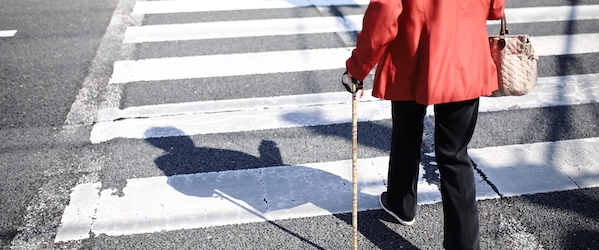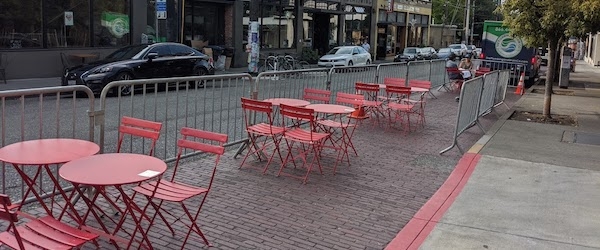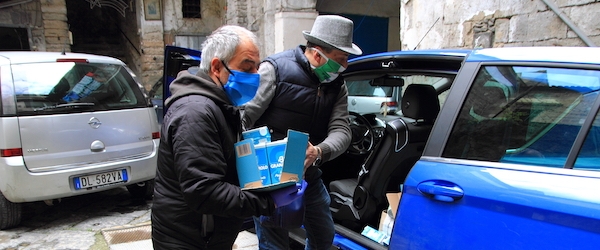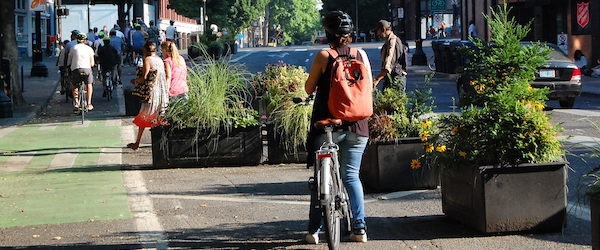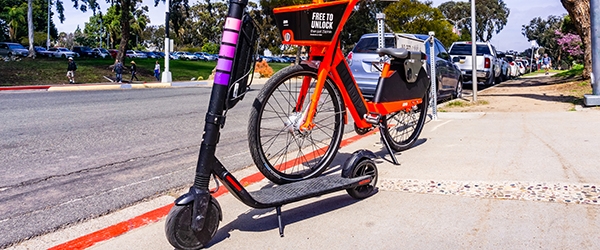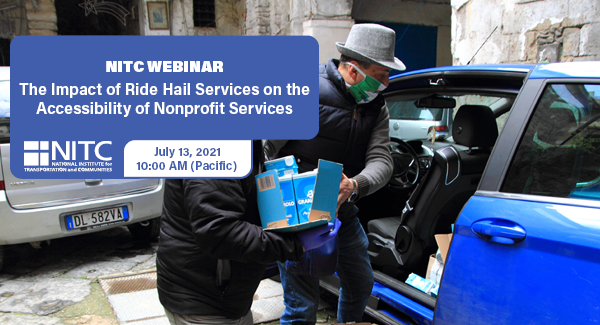As we get older, transportation provides a vital link between home and community. Without reliable and easy ways to get around, many older adults (especially those who live alone) have limited access to essentials like groceries and medicine, let alone social interaction. A new report from the University of Texas at Arlington (UTA), Developing Strategies To Enhance Mobility And Accessibility For Community-Dwelling Older Adults, looked at the mobility challenges, barriers, and gaps that older adults experience, with an eye toward developing forms of assistance or educational strategies to fill those gaps.
Funded by the National Institute for Transportation and Communities (NITC) with additional support from The Senior Source, the interdisciplinary research team from the University of Texas at Arlington included Kate Hyun, Caroline Krejci and ...
Read more
